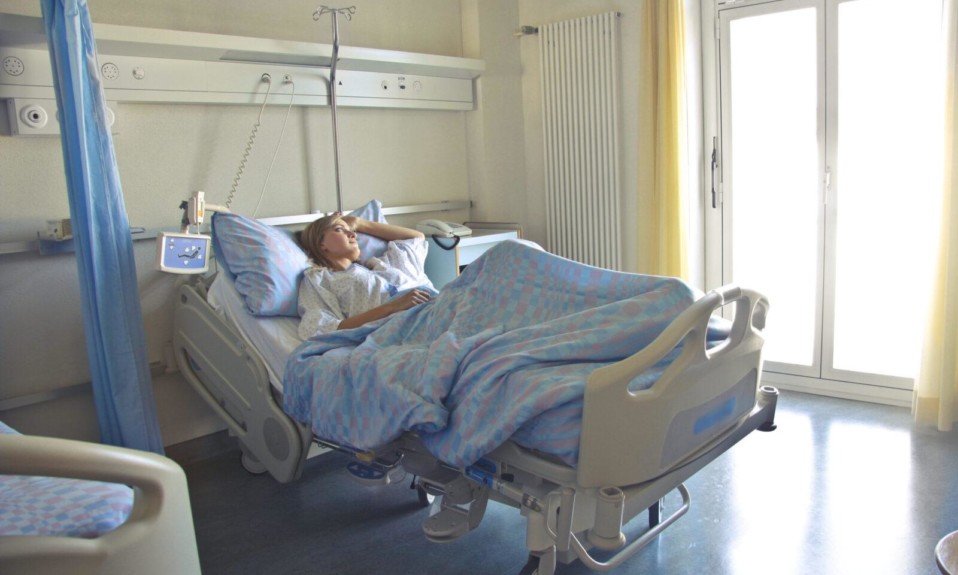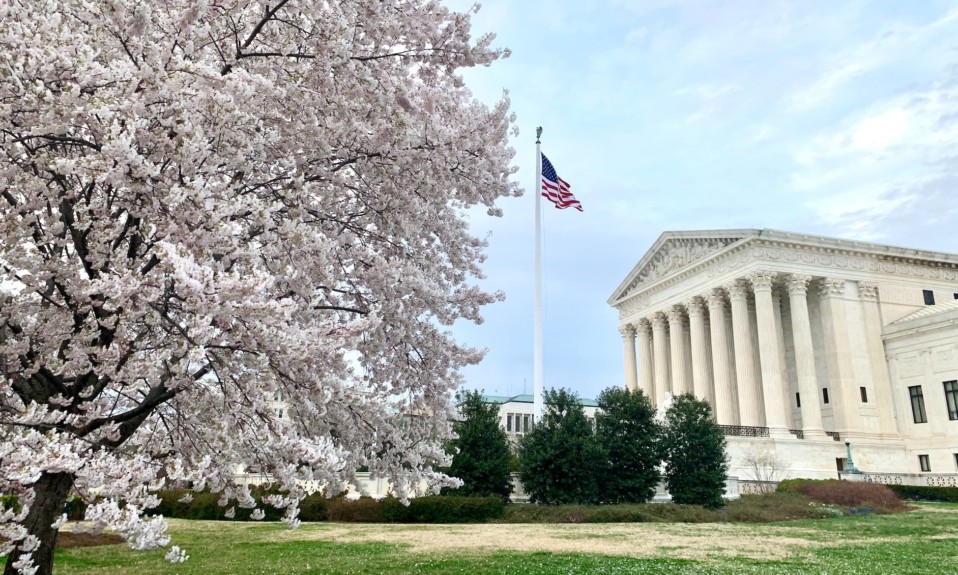Study: Care study: Only 17% of patients seek treatment for OUD within prescribed timeline or to receive follow-up care
By Jason Langendorf
A recent study found that only a fraction of patients who visited an emergency room after an opioid overdose accessed timely follow-up treatment after the incident.
In a cohort study published in May by JAMA Network, only 1 in 6 commercially insured patients who visited an emergency room after a nonfatal opioid overdose received follow-up treatment within 90 days of the overdose. Just 16.6% of the 6,451 study participants got treatment for opioid use disorder (OUD) within the prescribed timeline.
Additionally, the study found that ER patients in vulnerable demographics were even less likely on average to receive follow-up care. Black patients, for example, were half as likely to receive treatment as non-Hispanic white patients.
Two of the study authors, Austin S. Kilaru, MD, and Utsha Khatri, MD, offered a summary of their work in a post on the University of Penn Leonard Davis Institute of Health Economics blog: “Our study amplifies the critical question facing policymakers, providers and patients—how do we increase access to OUD treatment, particularly for patients during the vulnerable time after an overdose?”
The study found that ER patients in vulnerable demographics were even less likely on average to receive follow-up care. Black patients, for example, were half as likely to receive treatment as non-Hispanic white patients.”
Kilaru and Khatri note that COVID-19 has created new barriers to accessing OUD treatment, “while the social and economic effects of the pandemic are likely to exacerbate the still-raging opioid epidemic.” The study focused on insured patients, with the assumption being that uninsured patients would be even less likely to obtain follow-up treatment.
The timeline examined for follow-up care by Kilaru, Khatri and their study peers is an important factor. The group cited a 2019 study of Massachusetts emergency departments that determined the first month, and especially the first two days, after a nonfatal opioid overdose presents the highest risk for a patient.
A 2019 limited-data report published by the Delaware Drug Overdose Fatality Review Commission determined that, of the 56 reviewed overdose deaths in Delaware in the second half of 2018, 50% of the decedents had suffered a previous nonfatal overdose and 52% of their overdose deaths occurred within three months of an emergency room visit.
“Patients may benefit from rapid linkage to treatment,” Kilaru and co-authors write, “potentially through recovery specialists who can provide navigation and harm reduction counseling regardless of the client’s willingness to engage in treatment.”
A loosening of certain regulations and expansion of telehealth services may be part of the OUD treatment solution, the team suggests, but experts have noted that a shift to telemedicine may have unintended consequences—including shutting off new patients from treatment and deepening existing disparities in access to care for vulnerable populations.
Photo: Andrea Piacquadio from Pexels














